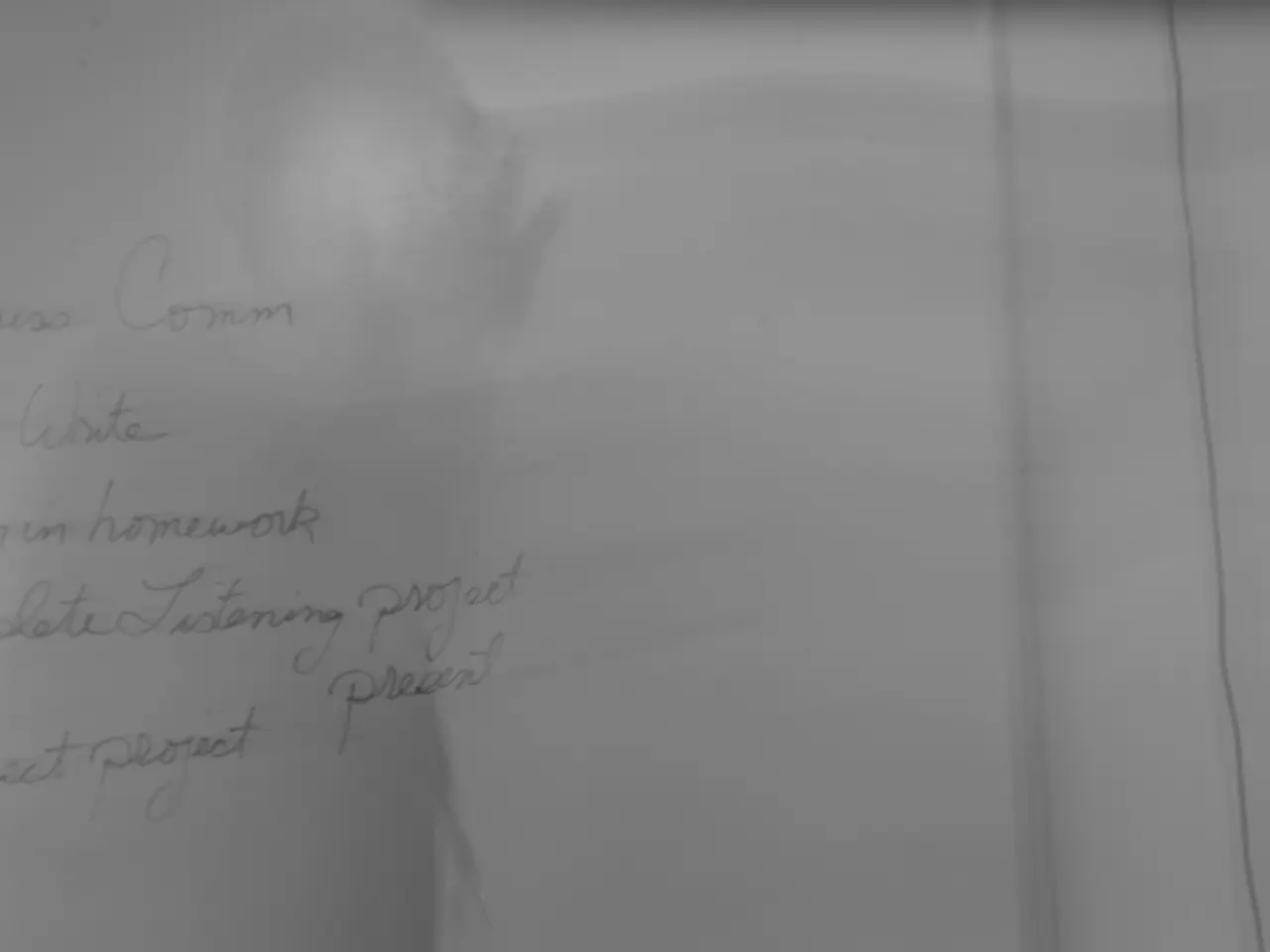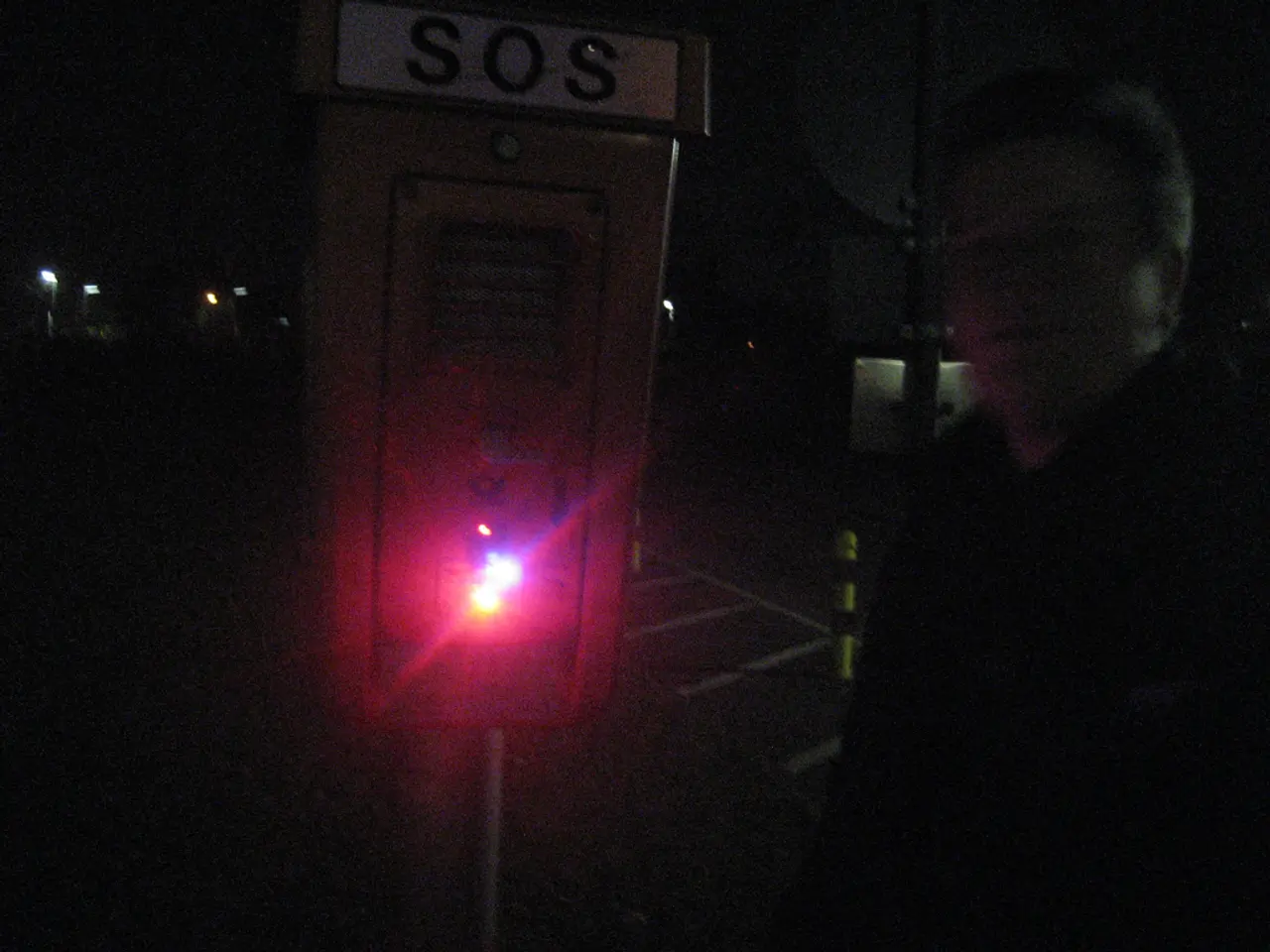U.S. satellite network accused by Chinese researchers of deploying affordable space-based mines.
Concerns Raised Over Dove Satellite Constellation
A team of Chinese researchers has criticized the Dove satellite constellation, operated by San Francisco-based Planet Labs, citing concerns about space traffic management, collision avoidance, and debris mitigation in low Earth orbit (LEO).
The Dove constellation, launched since 2013, consists of hundreds of small CubeSat satellites continuously imaging the Earth to provide up-to-date data. However, the substantial number of active satellites raises questions about orbital congestion and space debris risks.
The Chinese researchers have identified specific issues with the Dove constellation. One of the main concerns is the increased risk of collisions due to the high concentration of satellites in similar orbital bands. Another issue is the continuous imaging operations of the Doves, which could complicate satellite coordination and space traffic management.
Moreover, the fast pace of launches and the number of CubeSats pose challenges in ensuring that satellites are safely deorbited or removed at the end of their operational life to mitigate long-term debris risks.
The Chinese team found that over 80% of the 662 Dove satellites had deorbited by early July. However, they also discovered that more than 100 Dove satellites listed in public databases have been assigned "incorrect or fabricated" identification codes. This poses a further challenge in tracking and managing the Dove satellites.
The Dove constellation, despite its benefits, is criticized for potentially turning LEO into a hazardous 'minefield'. The concerns relate primarily to space traffic management, collision avoidance, and debris mitigation challenges in LEO amplified by large constellations like the Dove satellites.
These concerns echo broader academic and governmental discussions originating from organizations including Chinese space agencies and research groups worried about LEO sustainability and Planet Labs’ large-scale satellite deployments.
Meanwhile, another development in the space industry took place as the SpaceX Starship exploded during a routine pre-launch ground test. This incident did not directly relate to the Dove constellation but serves as a reminder of the complexities and risks involved in space exploration and satellite operations.
[1] Li, X., & Chen, J. (2020). The Impact of Mega-constellations on Space Traffic Management and Debris Mitigation. Acta Astronautica, 174, 119-130.
[2] Xie, S., & Wang, Y. (2021). The Challenges of Space Traffic Management in the Era of Mega-constellations. Journal of Aerospace Information Systems, 19(1), 4-14.
The Dove satellite constellation, under scrutiny for its potential impact on space traffic management and debris mitigation in low Earth orbit (LEO), is facing criticisms from Chinese researchers over the increased risk of collisions due to high satellite concentration and challenging satellite coordination. These concerns also extend to the complications arising from the fast pace of launches and the management of CubeSat satellites, including issues with incorrect or fabricated identification codes.
Furthermore, the rapid advancements in technology and the expansion of space-and-astronomy related endeavors, such as the SpaceX Starship, serve as reminders of the complexities and hazards involved in the space industry, highlighting the need for stringent safety measures and efficient space traffic management strategies.




